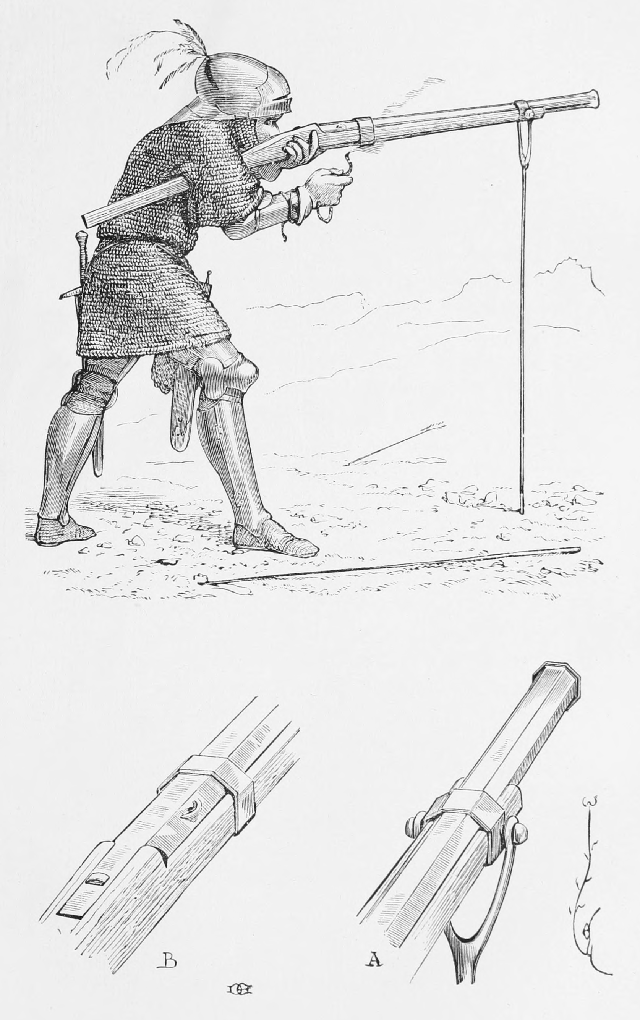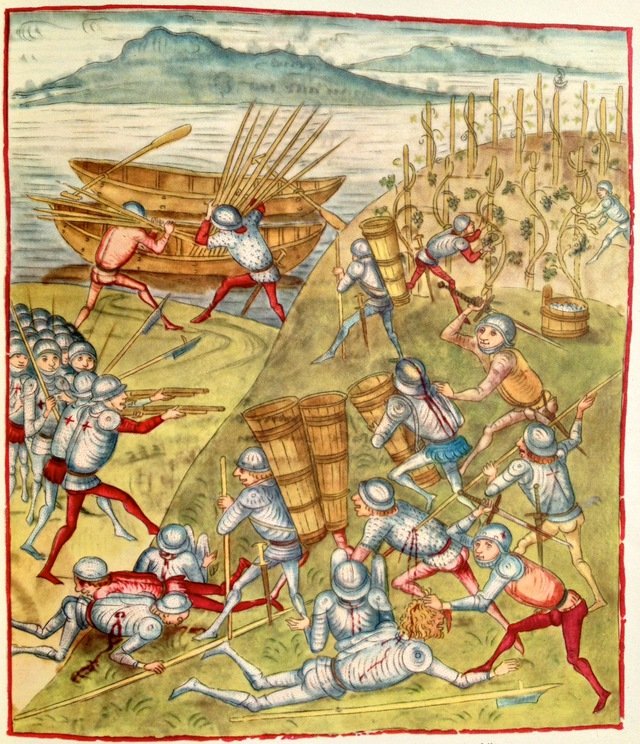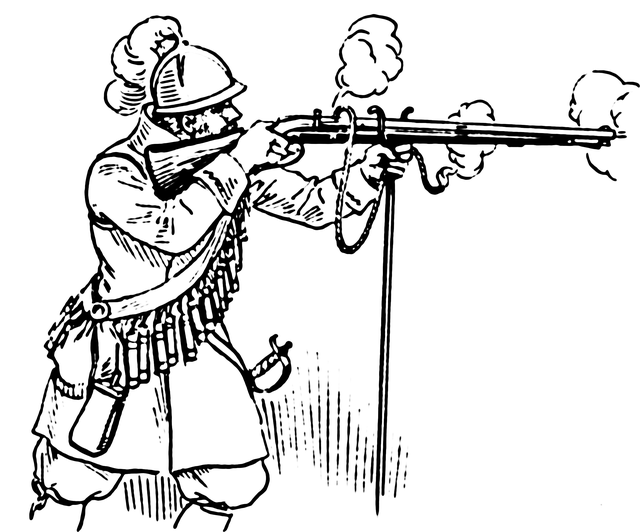Perhaps everyone already knows that the musket, also known as the lance gun, is one of humanity’s most primitive types of guns, and has changed the outcome of many battles in the past.
The first guns – with so weak firepower, were almost unable to stop good armor over time, when it was impossible to dent them.
Thanks to its firepower enough to penetrate armor, it was the first gun widely used by European armies.

As you just read, Arquebus will be useless against these armors if fired at too far a distance, but if it can get close, it will be more than capable of sending the knights back to their destination.
And so, even though a musket is not as accurate as a longbow, takes a long time to reload, and is prone to exploding in the user’s hands, it still blows away the hateful smirk and spirit.

Thanks to the birth of Arquebus, a series of weapons such as flintlock muskets were born and continued to dominate the battlefield.

In Vietnam, muskets were a popular weapon from the 16th to 19th centuries. Great feudal lords such as the Le Dynasty King, Mac Dynasty King, Trinh Lord, and Nguyen Lord were all equipped with muskets in large numbers.
By the beginning of the Nguyen Dynasty, muskets using rope or flint primers were gradually replaced by more advanced rifles, using explosive pellets and bullet casings similar to those of the West at that time.
In the years before the French invasion, on average, for every 10 Nguyen soldiers, only 1 person had a musket.











